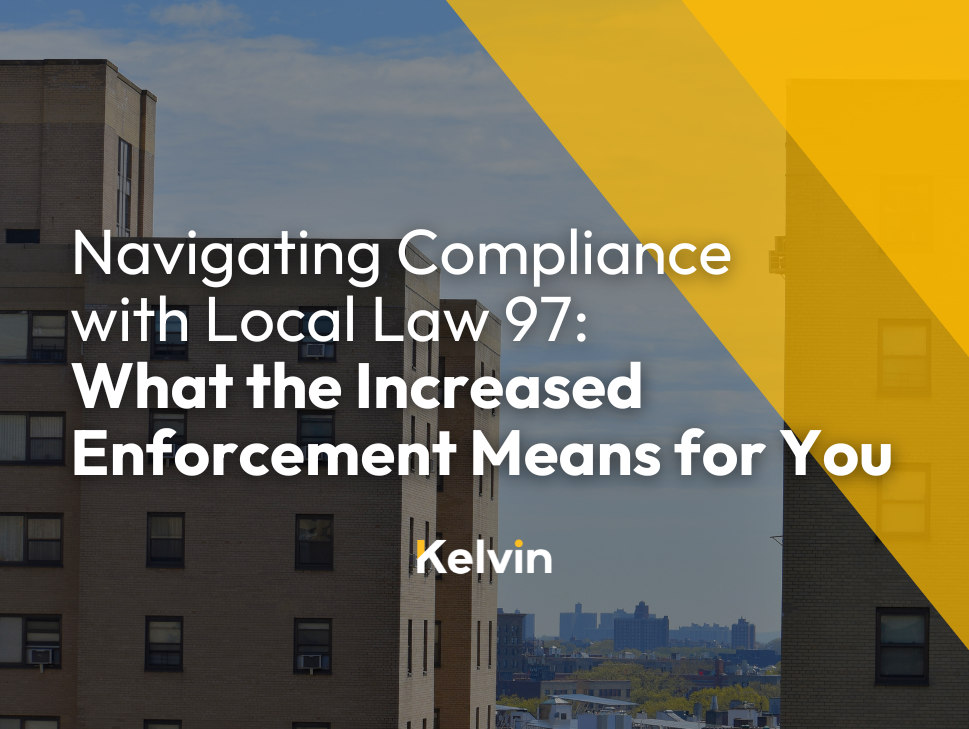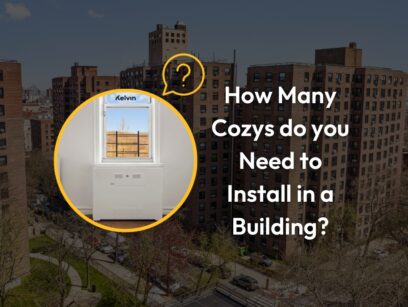
Local Law 97 is a key component of New York City’s strategy to reduce greenhouse gas emissions, mandating significant reductions from buildings, which are major sources of pollution in the city. The law sets stringent emission limits for buildings over 25,000 square feet, which will progressively tighten until 2050. To enforce these standards, the city is bolstering its resources, evidenced by a budget increase and the addition of 36 new full-time staff members and a $4 million budget increase (Crains). This expansion signifies the city’s serious commitment to ensuring compliance and achieving its decarbonization goals.
Understanding the Enforcement Boost
New York City has expanded its Local Law 97 enforcement team from 22 to 58 members and allocated an additional $4 million to support this effort. This expansion ensures adequate monitoring and enforcement of greenhouse gas emission limits for buildings. The increased enforcement signals a shift to active compliance checks, emphasizing the city’s commitment to environmental goals and holding building owners accountable for meeting emission standards to avoid penalties
What Increased Enforcement Means for Building Owners
Increased enforcement of Local Law 97 will result in more frequent inspections and audits, stricter scrutiny of compliance reports, and the potential for quicker penalty assessments for non-compliance. These measures ensure rigorous adherence to the city’s greenhouse gas emission standards.
Building owners must meet the 2025 deadline to submit their first annual compliance reports. This deadline underscores the urgency for property owners to ensure their buildings align with the new emission limits to avoid penalties.
Empowering NYC Building Owners: The NYC Accelerator’s Role in Local Law 97 Compliance
The City of New York, under the guidance of Rohit Aggarwala, the city’s chief climate officer, has implemented several initiatives to support building owners in meeting the stringent requirements of Local Law 97 (Crains). One key initiative is the NYC Accelerator program. This program is specifically designed to provide building stakeholders with direct technical assistance, helping them understand and comply with the new emissions standards set by Local Law 97.
Kelvin’s Role in Ensuring Compliance
Kelvin specializes in decarbonizing legacy buildings while aiding in compliance for New York City’s Local Law 97. By adopting Kelvin’s technology, buildings can dramatically reduce their greenhouse gas emissions, ensuring they meet the legal standards set by this critical environmental legislation. Best of all, buildings will lower their energy costs and operating costs.
Kelvin provides a variety of technologies tailored to older building infrastructures, including smart radiator covers, heat pumps, and thermal batteries, all designed to enhance energy efficiency and reduce emissions. These solutions are part of Kelvin’s comprehensive approach to heating and cooling modernization, which includes retrofitting existing systems to offer precise temperature control and reduced energy consumption. Learn how we can assist you in achieving compliance with Local Law 97, contact us here.
Success Stories | Recent Media | Contact Us

